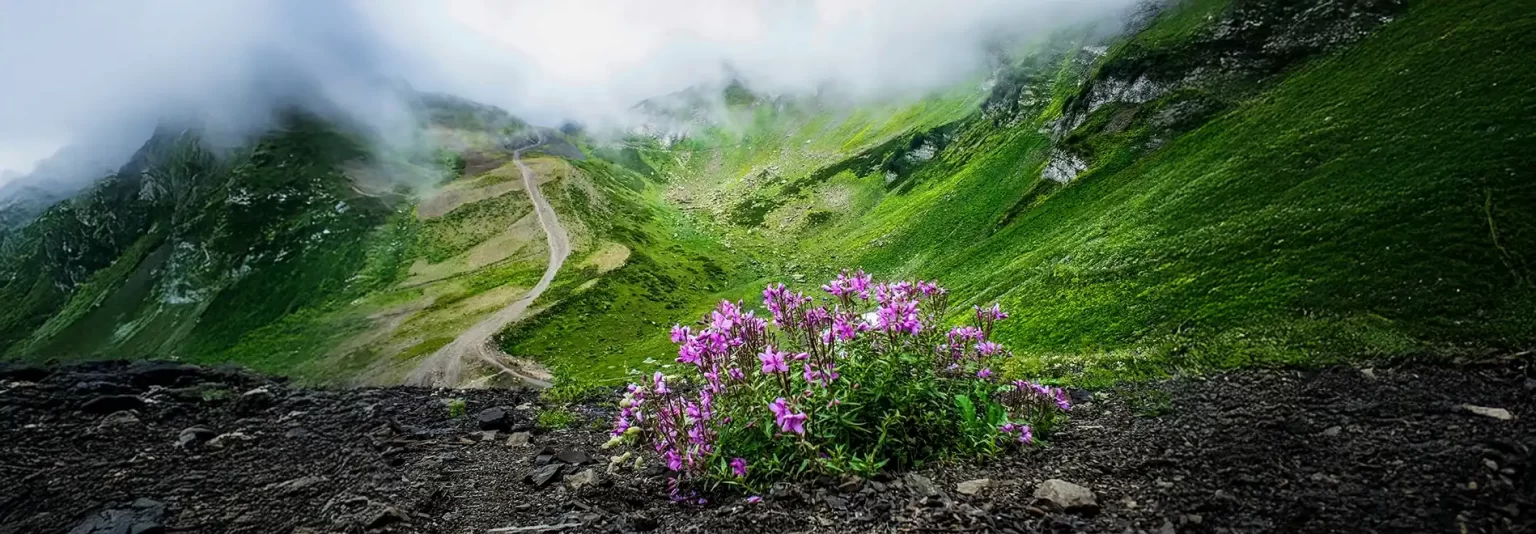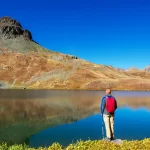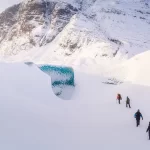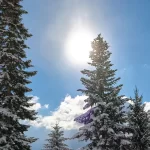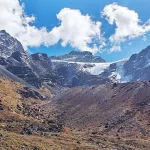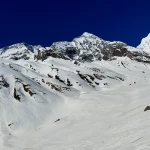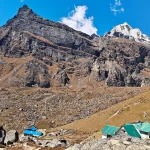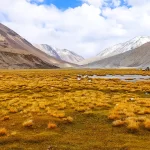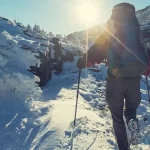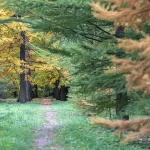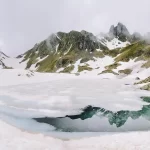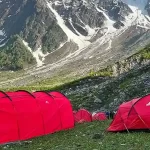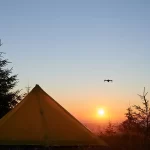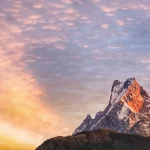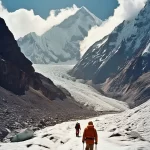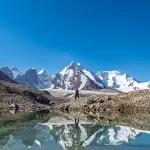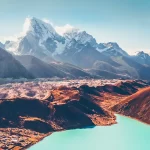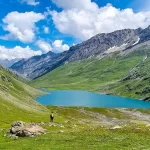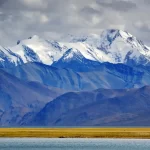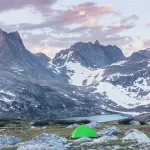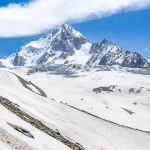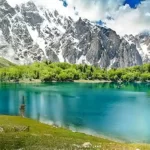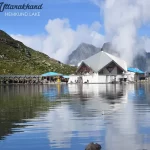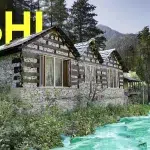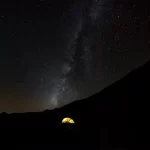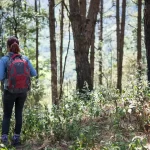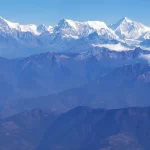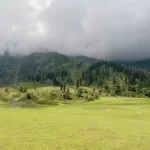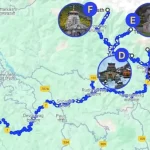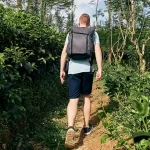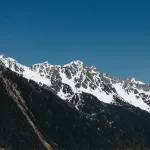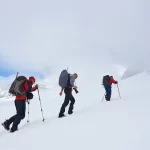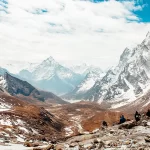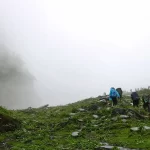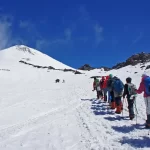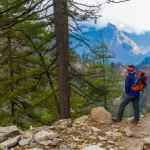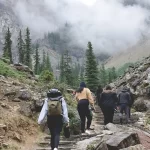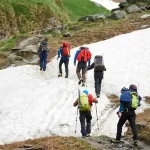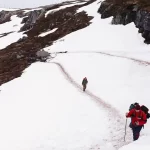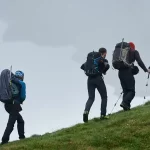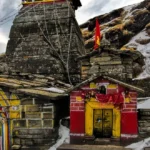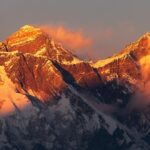Exploring the Valley of Flowers: A Himalayan Paradise
Imagine standing in a meadow so vibrant, it’s as if nature decided to throw a party and invited every color in the palette. That’s the Valley of Flowers for you—a place where the Himalayas whisper secrets through the rustling of petals and the murmur of mountain streams. Nestled high in the Western Himalayas of Uttarakhand, India, this UNESCO World Heritage Site is a sanctuary of serenity and splendor. Discovered by accident and cherished by design, the Valley of Flowers beckons anyone craving beauty, tranquility, and a dash of adventure.
A Serendipitous Discovery
Picture this: It’s 1931, and British mountaineer Frank S. Smythe is trudging down from the icy heights of Mount Kamet, weary but triumphant. Suddenly, through the mist, he stumbles into a hidden valley bursting with color. It must have felt like stepping into a dream—a dazzling contrast to the stark, frozen peaks he’d just conquered. Enchanted, Smythe dubbed it the Valley of Flowers and later poured his wonder into a book, sharing this secret Eden with the world. Today, it’s a protected national park, inviting us all to witness its timeless charm.
Nature’s Masterpiece: Flora and Fauna
The Valley of Flowers is nature’s own gallery, displaying over 500 species of flowers, each a stroke of genius. In peak bloom, it’s a living rainbow: the regal Brahma Kamal stands tall like a queen surveying her realm, while the shy Himalayan Blue Poppy hides in the shadows, its vivid blue a rare gem for the patient seeker. Then there’s the Cobra Lily, nature’s playful trickster, its hooded petals mimicking the serpent it’s named after.
But the valley’s magic isn’t just in its blooms. It’s a sanctuary for rare wildlife, too. Picture yourself catching a fleeting glimpse of the elusive snow leopard, its spotted coat blending into the rocks, or hearing the distant cry of the Himalayan monal pheasant, its iridescent feathers flashing like jewels against the green. The Valley of Flowers is a delicate dance of life, where every plant and creature plays its part.
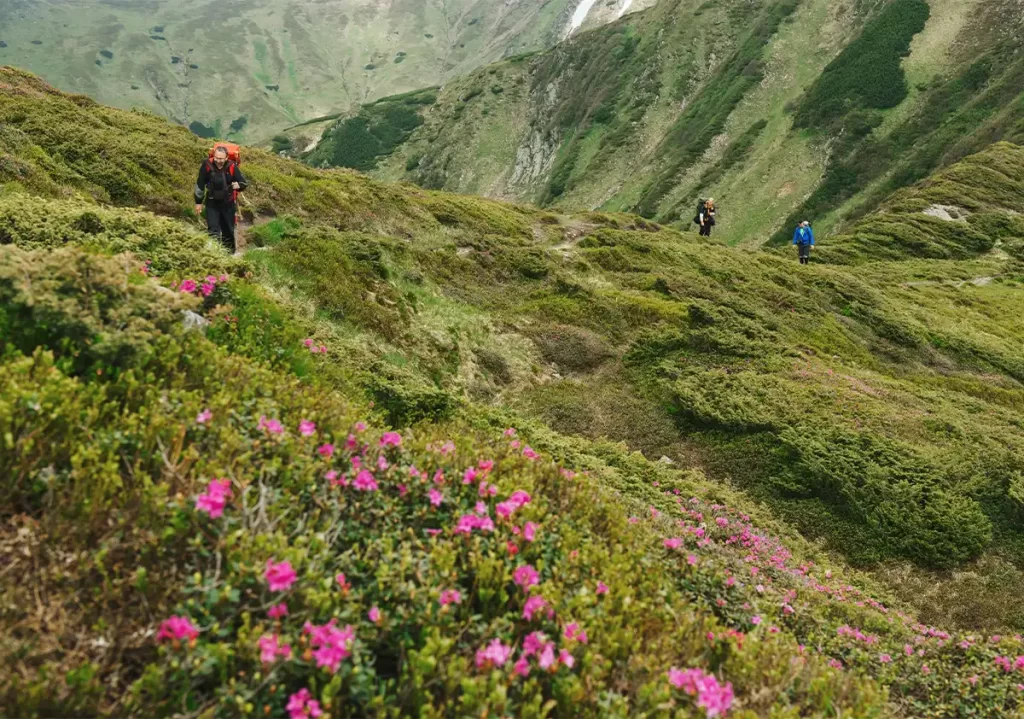
When to Witness the Magic
Timing your visit to the Valley of Flowers is like catching a live performance. The valley opens from June to September, each month a different act:
- June: The snow melts, and the first flowers peek out, shyly signaling the start of the show.
- July and August: The grand spectacle unfolds—a riot of colors that hits you like a joyful explosion. This is the valley at its peak, alive with buzzing energy.
- September: The flowers begin to fade, but the lush green lingers, a quiet encore before the season ends.
The monsoon adds a twist—sudden showers can turn trails slick, so pack your rain gear and embrace the wild ride. It’s all part of the valley’s untamed charm.
The Journey to Paradise
Getting to the Valley of Flowers is a quest of its own, pulling you from the bustle of civilization into nature’s embrace. Here’s the roadmap:
- By Air: Fly to Jolly Grant Airport in Dehradun, then take a taxi or bus 292 kilometers to Govindghat.
- By Train: Ride to Rishikesh, then travel 273 kilometers by road to Govindghat.
- By Road: Govindghat connects easily to cities like Dehradun and Haridwar.
From Govindghat, lace up your boots for a 17-kilometer trek to Ghangaria, the gateway to the Valley of Flowers and nearby Hemkund Sahib. The path winds through forests, past the rushing Pushpawati River, and over swaying bridges—a stamina test rewarded with jaw-dropping views and the thrill of what lies ahead.
Trekking Through Wonderland
The trek from Ghangaria to the Valley of Flowers feels like entering a storybook. The air turns crisp, the river’s song your steady companion. The trail demands focus—one slip could send you into the icy waters below—but oh, the payoff! Stepping into the valley, the earth softens underfoot, and the scent of flowers wraps around you like a warm embrace.
Wander the meadows, camera ready, soaking in the fleeting beauty. Stick to the paths—this fragile wonderland asks for our respect. For an extra dose of awe, trek to Hemkund Sahib, the world’s highest Gurudwara at 14,107 feet. Its glacial lake and snowy peaks are the perfect encore to the valley’s floral show.
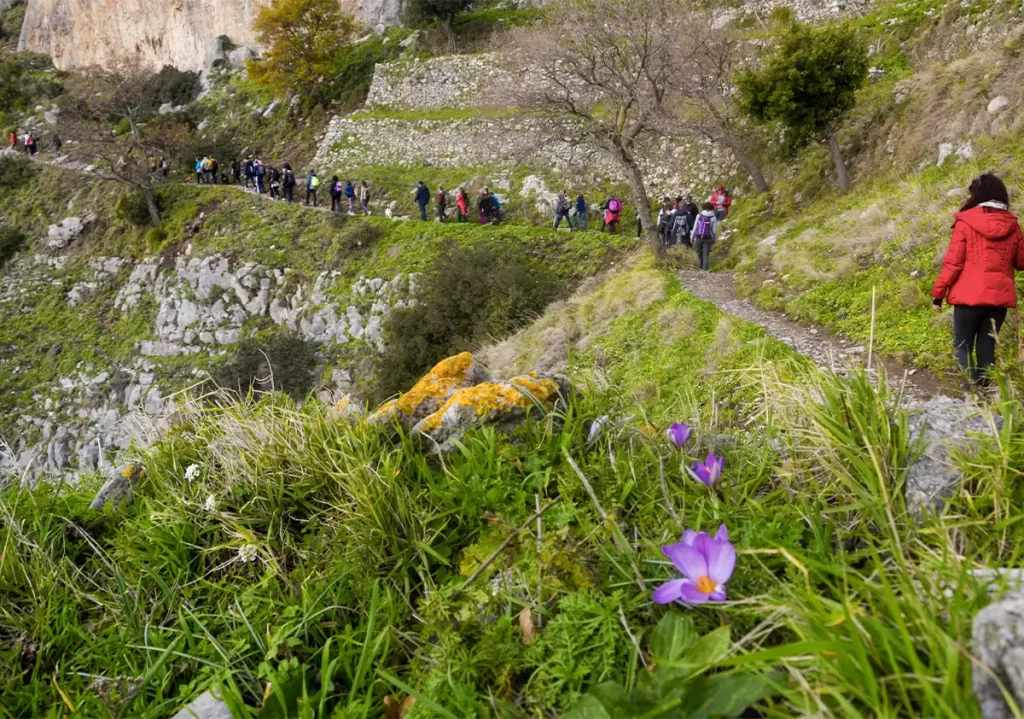
Practical Tips for the Intrepid Traveler
- Permits and Fees: Snag a permit in Ghangaria from the Forest Department—INR 150 for Indians, INR 650 for foreigners, good for three days of bliss.
- Accommodation: Ghangaria offers budget guesthouses and hotels. Book early in peak season—beds vanish fast.
- Food and Supplies: No cafes here, so pack snacks, water, and maybe a lunch from Ghangaria. Rain gear’s a must—Mother Nature loves a surprise downpour.
- Trekking Tips: Start early to dodge crowds and savor the silence. A local guide or porter can lighten your load and sprinkle your journey with valley lore.
Why the Valley of Flowers Will Steal Your Heart
The Valley of Flowers isn’t just a place—it’s a feeling that stays with you. It’s where you unplug from life’s noise and plug into nature’s quiet wisdom. Whether you’re gawking at blooms, spotting rare creatures, or breathing the mountain air, the valley humbles you, whispering of a world beyond our urban sprawl.
There’s magic here, too. Locals say this is where Hanuman found the Sanjeevani herb to save Lakshmana in the Ramayana. Believe it or not, the valley’s mystique is undeniable—a pull that tugs at your soul.
A Farewell to Remember
Leaving the Valley of Flowers, you won’t just carry photos—you’ll carry a piece of its spirit. The vivid hues, the crisp air, the peace—it all clings to you, a soft echo of a wild, beautiful escape. So, pack your bags, tie your laces, and let the Valley of Flowers weave its spell. You won’t just visit—you’ll fall in love.

